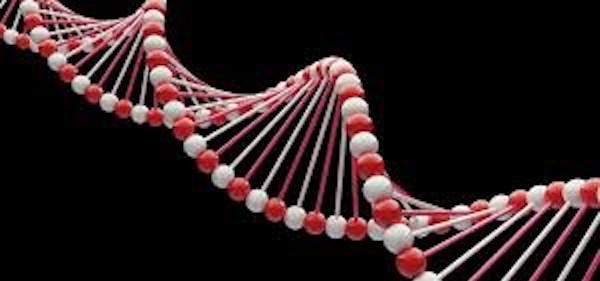
From the Editor…
The following article from The Jerusalem Post is frequently referenced by PRP patients and caregivers. It was written by Judy Siegel-Itzkovich and published on June 17, 2012. Please note that the gene CARD14 is not the cause of pityriasis rubra pilaris, but rather the “genetic basis” for our disease.
Dr. Jouni Uitto, professor and chair of the department of dermatology and cutaneous biology, Sidney Kimmel Medical College at Thomas Jefferson University, Philadelphia was a member of the Tel Aviv research team and is a good friend of the PRP community.

Tel Aviv scientists discover origin of pityriasis rubra pilaris
Only now, almost 200 years after it was first described, Israeli and other researchers have discovered the genetic basis for the severe skin disease pityriasis rubra pilaris (PRP), which affects people of all backgrounds around the world.
After more than a decade, the lead researchers at Tel Aviv’s Sourasky Medical Center finally identified mutations in the gene CARD14 that codes for a very important regulator of inflammation in the skin. The mutations associated with PRP lead to increased inflammatory activity within the skin, due to abnormal function of CARD14. The prevalence of the disease may be as many as one in 5,000 people.
The team – headed by dermatology department chief Prof. Eli Sprecher and including Dana Fuchs, a doctoral student in his lab – published their paper on Sunday in the American Journal of Human Genetics. “The discovery of the PRP gene was a long and chaotic journey, with many dead ends and false routes; at some point, we were unsure whether all the participating families had the same disease,” they said in the paper.
PRP used to be considered an immunological skin disorder, but it is in fact due to a genetic defect in the epidermis, the outer layer of the skin. Also known as Devergie’s disease, it causes broad swatches of reddish- orange, scaly skin patches on the body and face, itching, serious flaking and thickened bumps around hair follicles in the scalp.
Although most patients are over age 50, it may attack people of any age and any race or nationality, with men and women equally affected.
The CARD14 protein is strongly expressed in the epidermis, said Sprecher: “This is really shifting the focus of our attention from the immune system to the skin. The skin is often perceived as a passive victim of abnormal immunological activation in inflammatory skin diseases like PRP and psoriasis. In fact, it may play a more important, and even perhaps primordial role.”
“More importantly, mutations in CARD14 are found in only a portion of PRP patients but were also recently found by a US group in a subset of psoriasis patients. No matter how you look at the data, these two sets of facts actually demarcate a new medical entity comprising individuals affected by two diseases once thought to be separate conditions, but in fact caused by the very same genetic defect,” he continued.
The discovery was made thanks to the intensive study of four affected families, three in the US and one in Holland, who suffer from the skin disease. But the disease affects Israelis as well as other people around the world.
This is not the first time that genetics is redefining disease classification in dermatology, but it may be one of the first discoveries that is likely to have major therapeutic implications, Sprecher added. “Indeed, the mechanism found to be defective in our patients suggests that they may respond better than others to drugs known to interfere with the pathway found to be hyperactive in our studies.”
Once the gene involvement is known and we know the molecular path involved in it, we can better know what medications to treat it. There are side effects involved, but it’s worth doing it,” said Sprecher.
Among the possible medications are injections of tumor necrosis tactor (TNF) antagonists and interleukin 1 antagonists.
The research team also included Ofer Sarig of Sourasky Medical Center, Noam Shomron of Tel Aviv University, Maurice van Steensel of Maastricht University, Jouni Uitto of Thomas Jefferson University, Philip Fleckman of the University of Washington and Gabriele Richard at GenDx.
Sprecher told The Jerusalem Post on Sunday that some of the people who in the past were thought to have PRP actually had a different skin disease – a type of psoriasis – caused by the same gene mutation. But not all those with psoriasis have this gene defect, he said. A sign of this was that some patients reacted positively to phototherapy (light treatment), while others’ conditions worsened with it.
